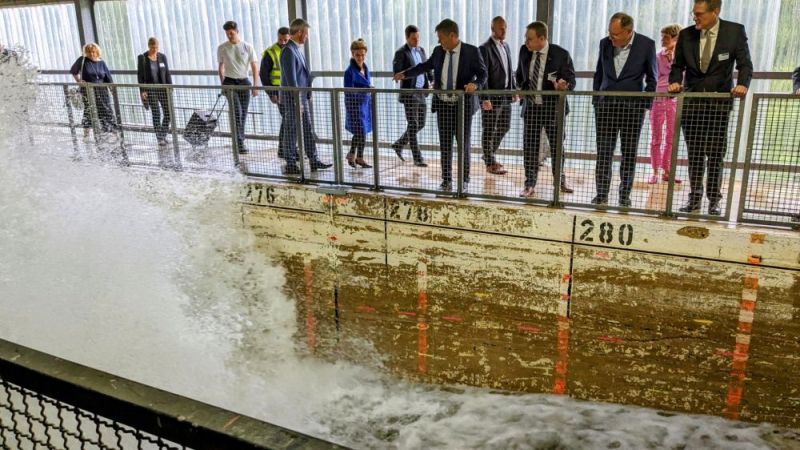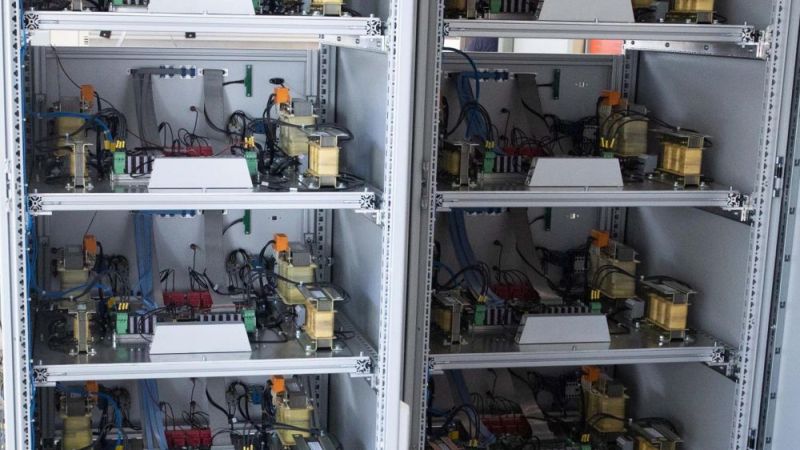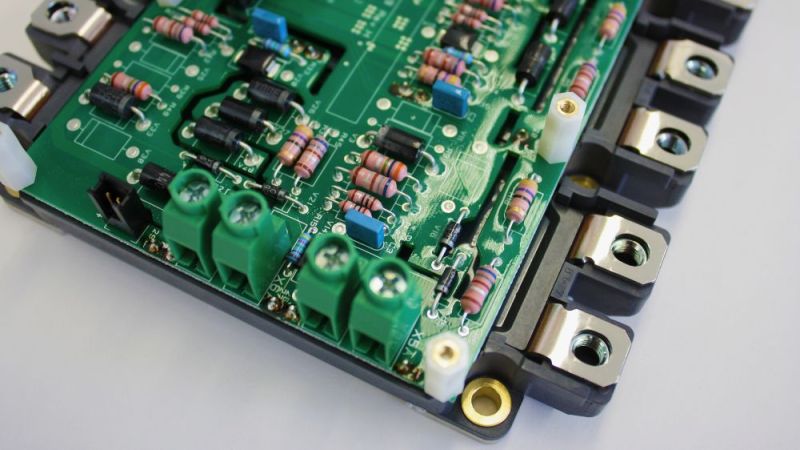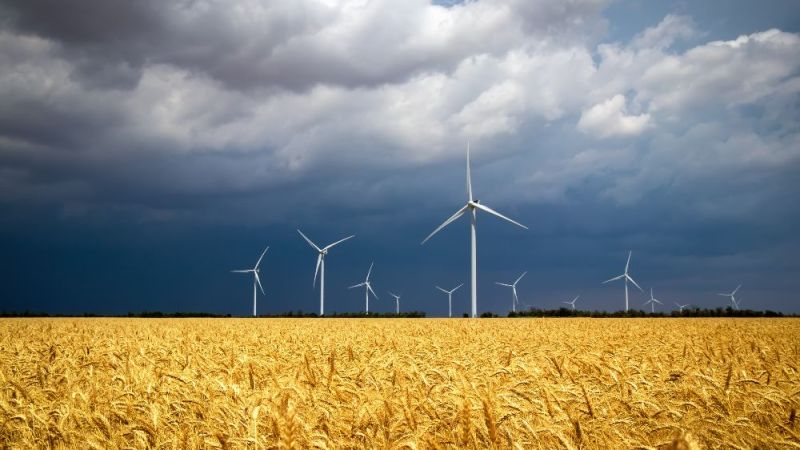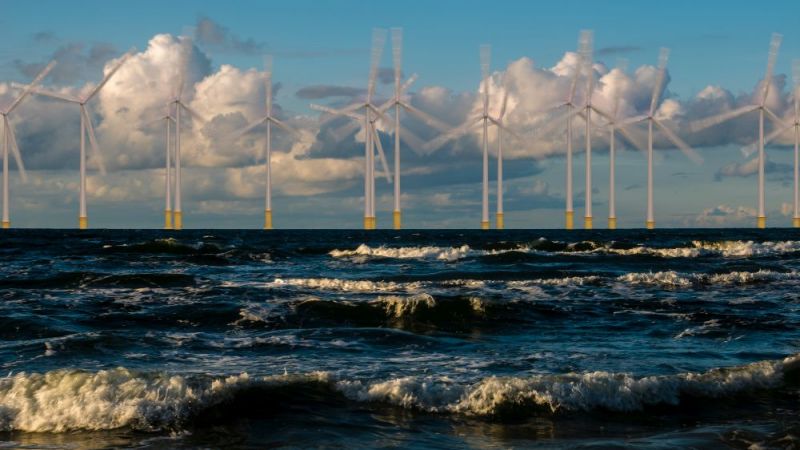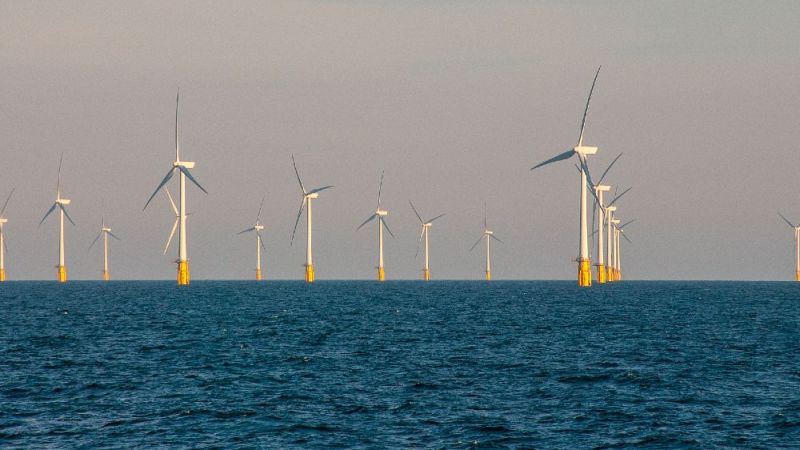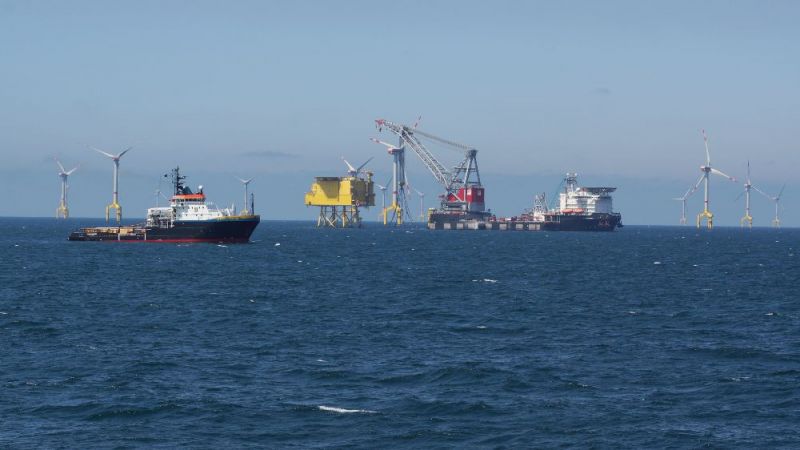Wind power
Certification in the laboratory reduces costs
In future, the grid compatibility of wind turbines can be tested on the test stand within about three months. The method replaces lengthy field trials lasting around a year and accelerates the expansion of wind power.
Wind turbines must feed the electricity generated into the grids of the energy supply companies in a decentralised and grid-compatible manner. Manufacturers therefore require test certificates for the planning, construction and grid connection of the plants. These confirm that the currently valid laws, standards and guidelines are complied with. This requires cost-intensive and lengthy certification tests in the field, which can be replaced by laboratory tests in the future. These laboratory tests provide reproducible wind and grid conditions at all times, saving time and costs. At present, the researchers assume that an initial measurement campaign in the laboratory will take about three months. If other systems from the same manufacturer are tested, the duration is reduced because the complex commissioning takes a lot of time in the first step. Specifically tested are: generator, converter, transformer and the main control of the wind turbine.
Transferring realistic conditions from the field to the laboratory
Together with two industrial partners, Fraunhofer IWES has developed a test stand to test the electrical properties of wind turbines. This was put into operation last year. The project teams then developed and tested the validation methods on two turbines of Vestas and Nordex, which have converters for asynchronous generators. This type of generator is used in a large number of plants built in Germany. The aim was to simulate realistic conditions from the field in the laboratory and to obtain a so-called unit certificate, which proves that a wind turbine has the required properties.
The focus of the research was on so-called real-time automation. This means: Real data on torque and speed of the plant must be mapped. In contrast to wind turbines with full converters, wind turbines with doubly-fed asynchronous generators have a direct coupling between the mechanical drive train and the power grid. For this reason, the mechanical natural frequencies caused by grid faults are also clearly visible in electrical measurements and must be reproduced. The analyses have shown that the imitated mechanical behaviour corresponds very well with the field results.
How is the system replicated on the electrical side?
The grid behaviour and the test equipment for running through fault scenarios in the field (so-called fault ride-through, FRT) are shown realistically, as is the mechanical behaviour. FRT tests are designed for the medium-voltage network and measure the power feeder, here the wind turbine. This determines, for example, whether the turbine goes through network faults and remains stable on the grid. For this purpose, the currents and voltages are measured at the mains connection point of the test specimen and transferred to the electrical model of the FRT test equipment. This calculates the target values for the medium-voltage network emulator in real time, which simulates the grid conditions of a medium-voltage network. The measurement results of the test stand correspond well with the field trials. In addition, the project teams have successfully completed tests regarding grid frequency changes and reactive power.
Certification of the test methodology is imminent
Finally, the new method was ready to be presented to the certification bodies. "While there are still minor data differences to justify, in general the developed test methodology was found to be suitable to perform certification procedures reproducibly in the laboratory and to obtain a unit certificate. In addition, the test stand-based verification of electrical network properties allows manufacturers to plan certification and validation tests precisely in terms of time and to carry them out cost-effectively. Test periods and thus innovation cycles can be decisively shortened", says Torben Jersch, project manager at Fraunhofer IWES. The researchers have furthermore already introduced the test method to various standardisation bodies. The method can also serve as a basis for more stringent network requirements in the future.
There is great interest in the test stand. Discussions are currently taking place with a manufacturer of wind turbines who is planning extensive tests for a wind farm. Manufacturers of cogeneration plants and powerful storage technologies have also expressed interest. (mm)



